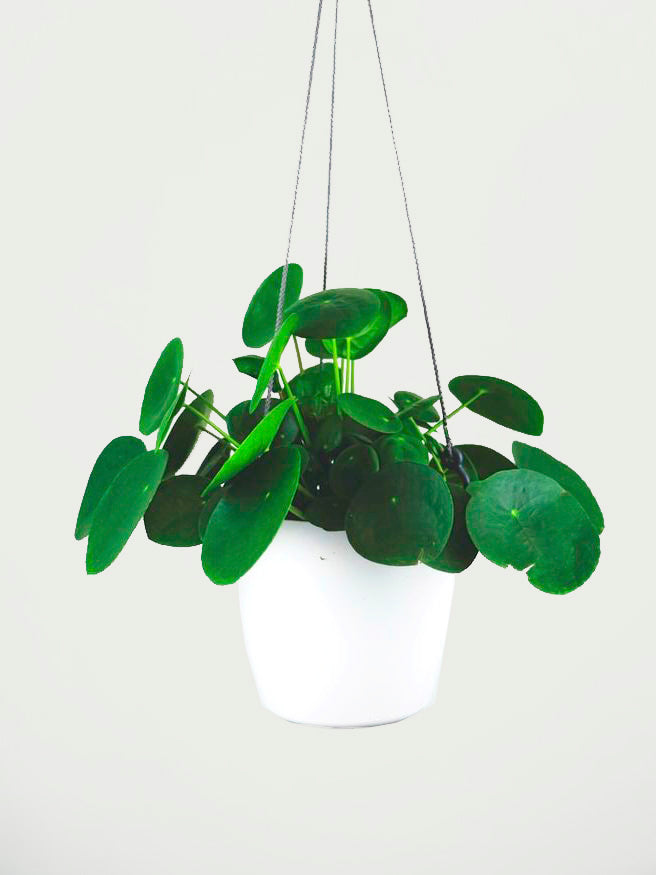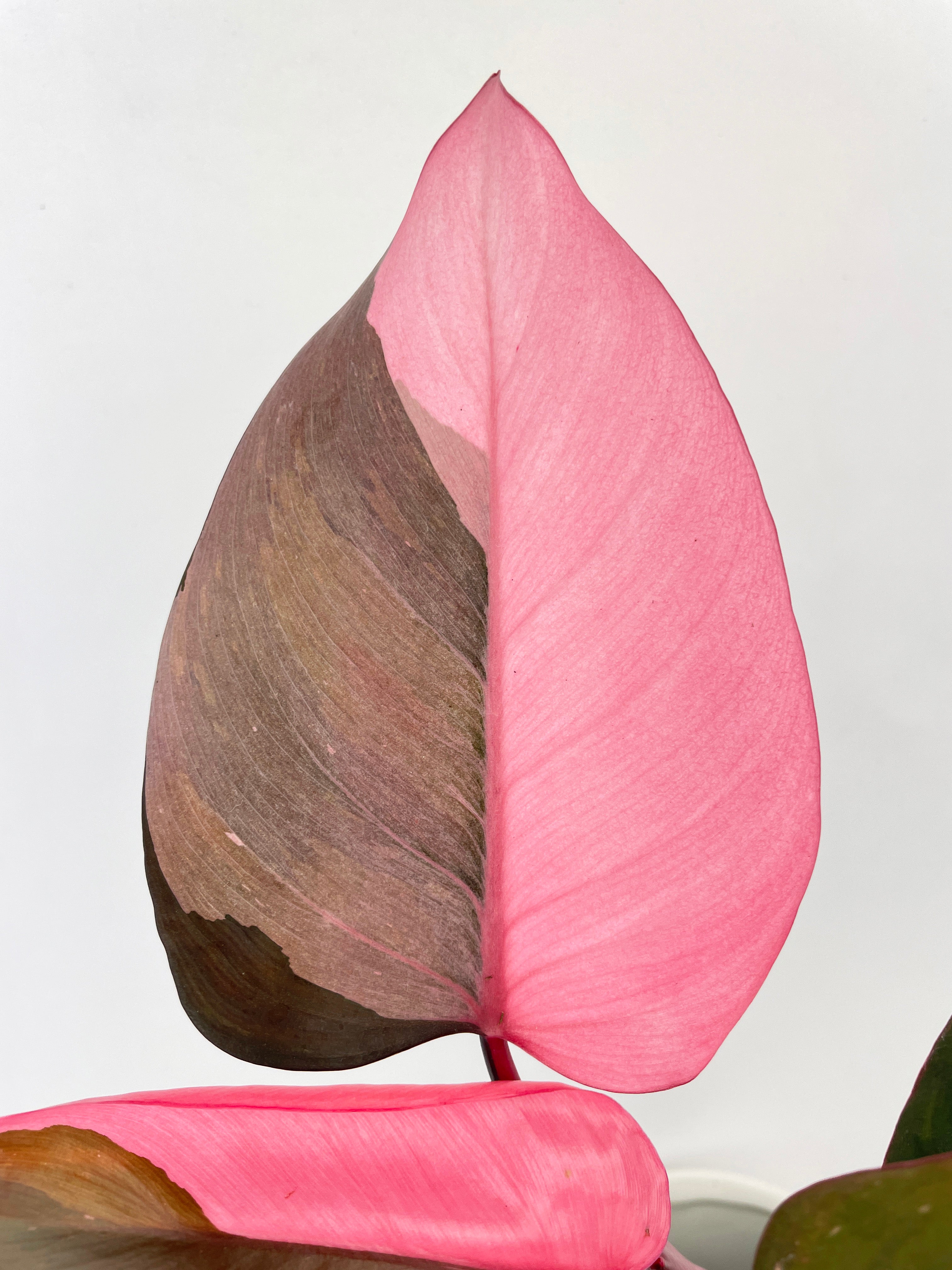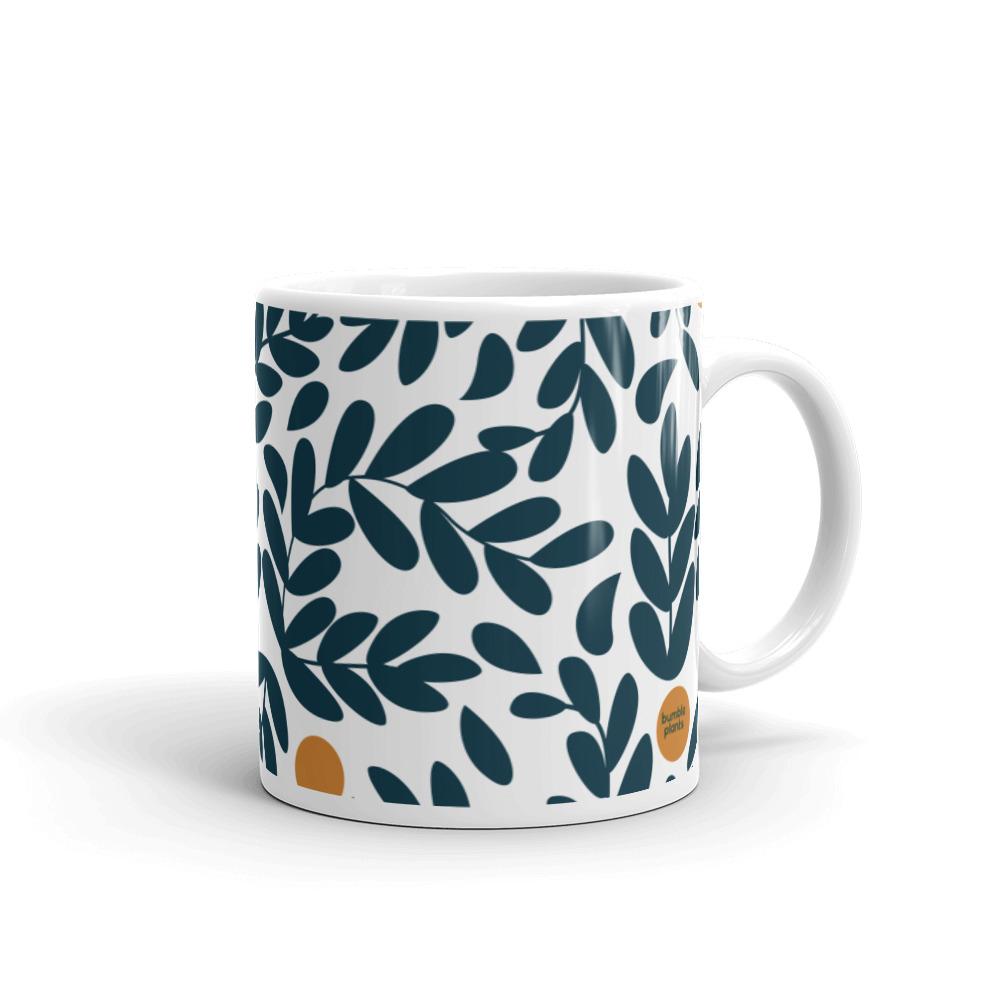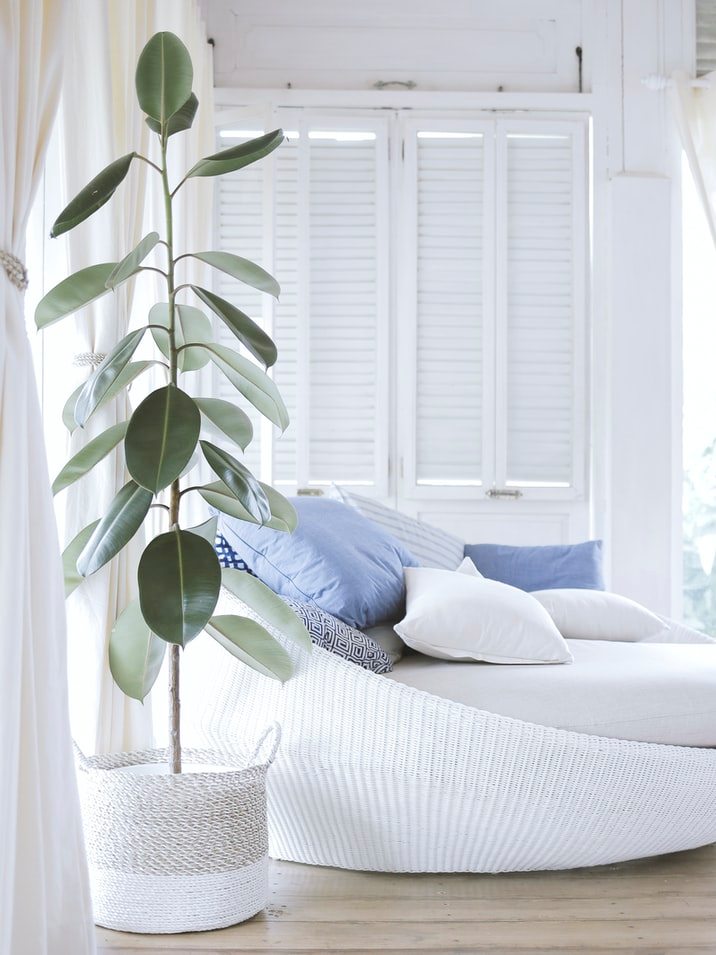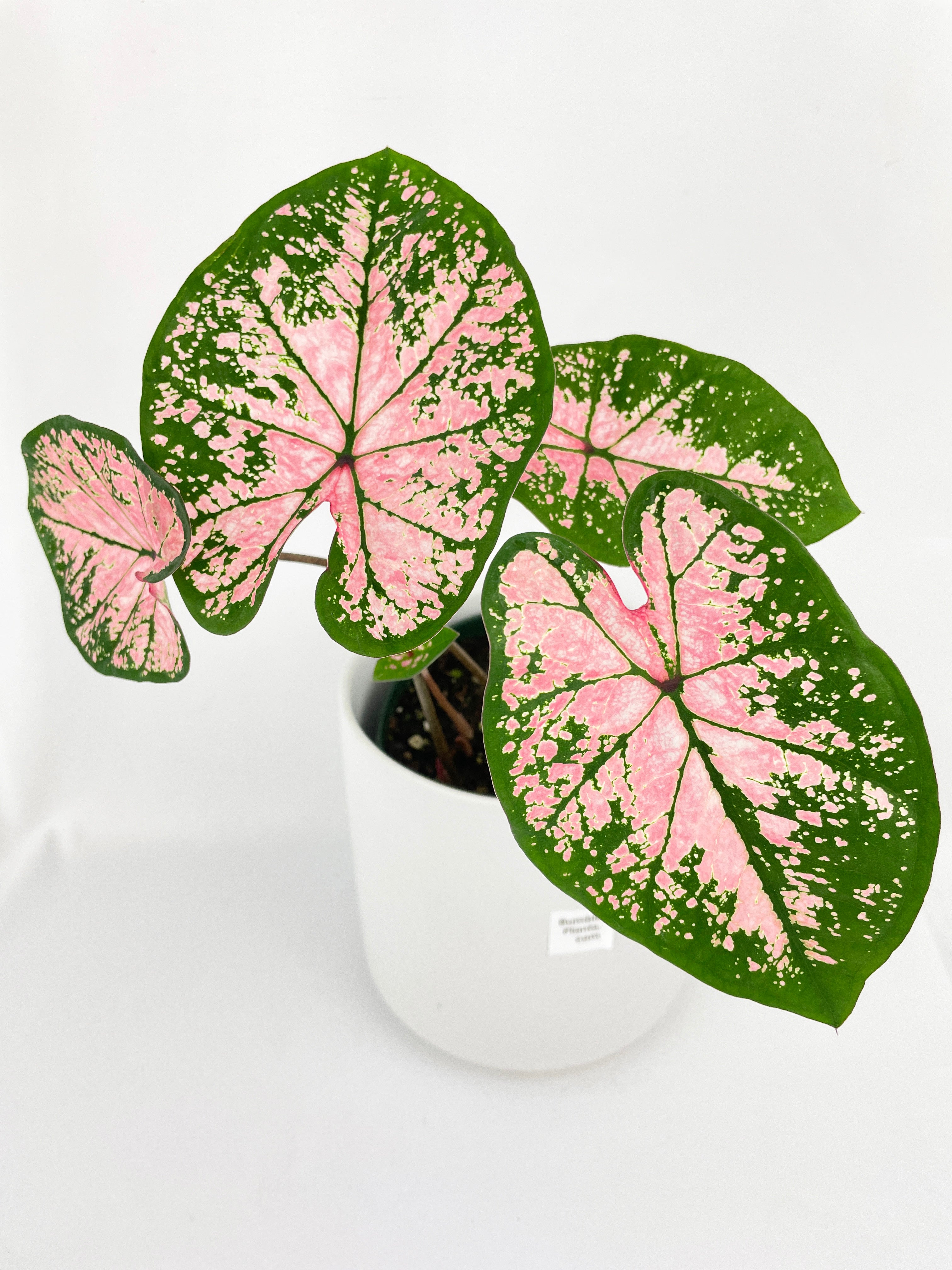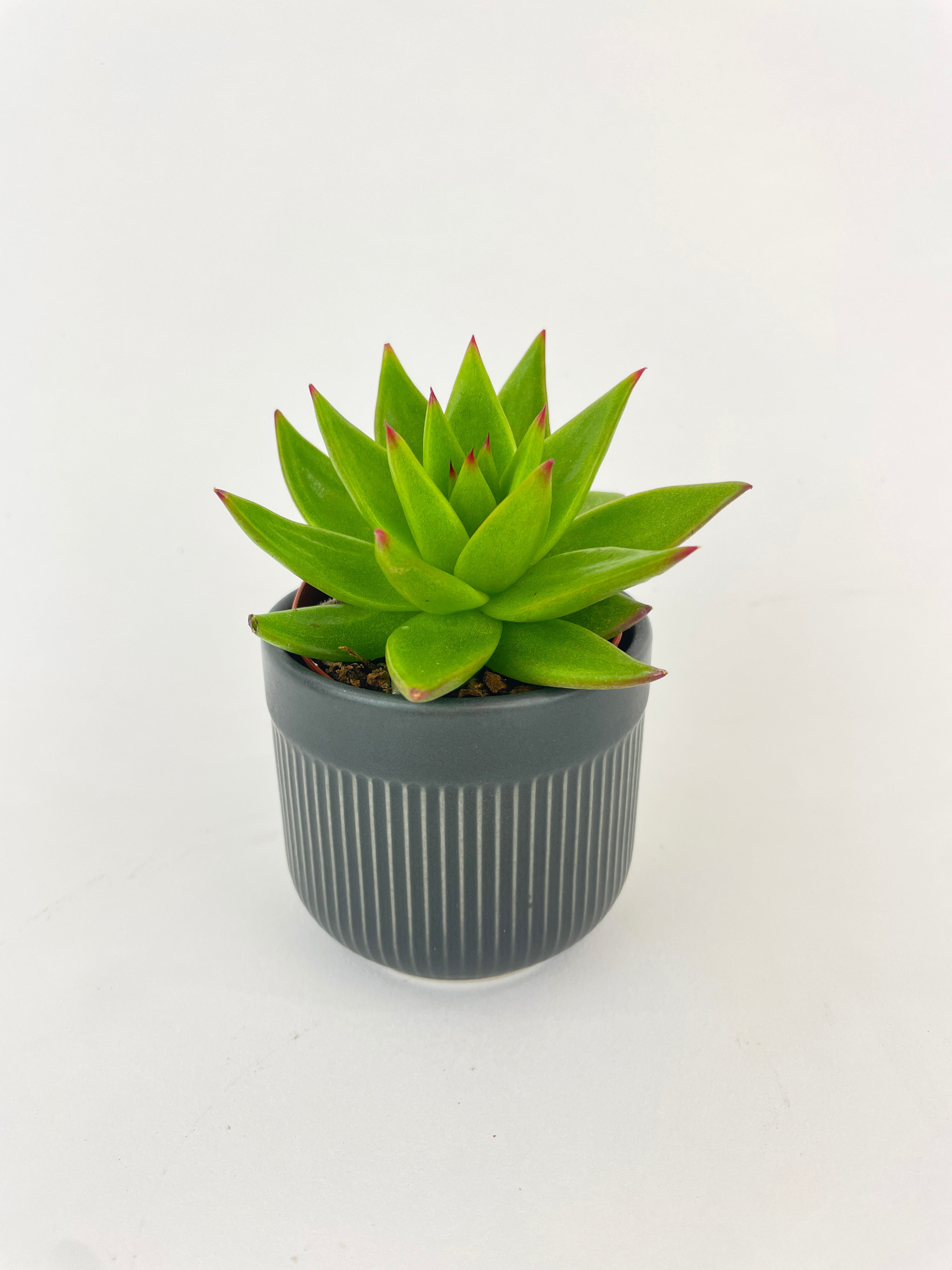How to Choose the Perfect Plants for Your Indoor Oasis
As the summer season ends and autumn begins, it is crucial to pay attention to the care of your indoor oasis. Autumn plant care is important because it ensures the health and longevity of your plants during this transitional period. The changing weather and shorter daylight hours can affect your plants' growth and overall well-being, so taking the necessary steps to care for them is essential.
General tips for autumn plant care
A few general tips can help you maintain a healthy and thriving indoor oasis when caring for your indoor plants during autumn. First and foremost, it is important to adjust your watering schedule. As the temperature drops, plants tend to require less water. Check the soil moisture level before watering and avoid overwatering, which can lead to root rot. Additionally, it is a good idea to clean the leaves of your plants regularly to remove dust and debris that can hinder their ability to absorb sunlight.
Another important aspect of autumn plant care is ensuring proper lighting. As the days become shorter, providing adequate light for your plants is crucial. Consider supplementing with artificial grow lights if your indoor oasis lacks natural light. These lights mimic the sun's spectrum and can help plants thrive during the darker months. Finally, be mindful of temperature fluctuations in your home. Avoid placing your plants near drafty windows or vents, as this can cause stress and damage their foliage.
Preparing your garden for autumn
Preparing your garden for autumn is important in maintaining a healthy and vibrant indoor oasis. Start by assessing the condition of your plants. Remove any dead or diseased foliage to prevent the spread of pests and diseases. Next, consider repotting any plants that have outgrown their current containers. This will give their roots room to grow and ensure optimal nutrient absorption.
In addition to plant care, preparing your garden's environment for the changing season is important. Clean and disinfect any gardening tools you use during the summer to prevent the spread of pathogens. Consider adding a layer of mulch to protect the soil from extreme temperature fluctuations and retain moisture. Finally, check the condition of your garden's irrigation system and make any necessary repairs or adjustments.
Seasonal plant care in autumn
Autumn brings unique challenges and opportunities for plant care in your indoor oasis. The cooler temperatures and decreased daylight hours can affect your plants' growth and overall health. However, with proper care, you can help your plants thrive during this season.
One important aspect of seasonal plant care in autumn is adjusting your fertilization routine. As the growth rate slows down, reduce the frequency of fertilization. However, it is still important to provide your plants with essential nutrients. Consider using a slow-release fertilizer to ensure a steady supply of nutrients over an extended period.
Additionally, pay close attention to the humidity levels in your indoor oasis. As the weather becomes drier, providing adequate moisture for your plants is important. Consider using a humidifier or placing a water tray near your plants to increase humidity. This will help prevent dryness and keep your plants healthy.
Fall gardening tips for specific plants
Different plants have different needs, so tailoring your fall gardening routine is important. Here are some specific tips for caring for different types of plants in your indoor oasis during autumn:
Leafy greens: Fall is a great time to grow leafy greens like spinach, kale, and lettuce. These plants thrive in cooler temperatures. Ensure they receive ample sunlight and provide consistent moisture to promote healthy growth.
Flowering plants: Many flowering plants, such as orchids and African violets, require a period of dormancy during the fall. Reduce watering and provide indirect sunlight to encourage blooming in the coming months.
Succulents: Succulents are known for their ability to withstand drought and thrive in dry conditions. However, they still require some care during autumn. Reduce watering frequency and provide bright, indirect light to maintain their health.
Protecting plants from frost and cold weather
As the temperature drops during autumn, protecting your indoor plants from frost and cold weather is important. Here are some tips to help you safeguard your plants:
Move plants away from windows: During colder nights, move your plants away to prevent exposure to drafts and cold air.
Cover plants: If you have large plants that cannot be moved, cover them with a blanket or a frost cloth during particularly cold nights. This will help insulate them and protect them from frost damage.
Use a space heater: If you have a particularly sensitive plant that requires warmer temperatures, consider using a space heater to maintain a suitable environment. Follow safety guidelines and avoid placing the heater too close to the plant.
Remember to monitor the weather forecast and take appropriate measures to protect your indoor oasis from freezing temperatures.
Maintaining soil health in autumn
Soil health is crucial for the overall well-being of your indoor plants. In autumn, it is important to take steps to maintain the health of your soil. Here are some tips to help you achieve this:
Amend the soil: Consider adding organic matter, such as compost or well-rotted manure, to replenish the soil's nutrients. This will help provide a healthy environment for your plants to grow.
Mulch: Adding a layer of mulch to the soil can help regulate temperature, retain moisture, and suppress weed growth. Use organic mulch, such as wood chips or straw, to nourish the soil as it breaks down over time.
Avoid overwatering: Overwatering can lead to waterlogged soil, which can negatively impact the health of your plants. Be mindful of the moisture levels in the soil and water only when necessary.
By maintaining soil health, you are providing a fertile foundation for your plants to thrive and grow.
Pruning and trimming in the fall
Pruning and trimming your plants in the fall is important to maintaining a healthy indoor oasis. Here are some guidelines to follow:
Remove dead or damaged foliage: Prune away any dead or damaged leaves or branches. This will help prevent the spread of diseases and ensure the overall health of your plants.
Shape and control growth: Pruning can help shape your plants and control their growth. Trim back leggy or overgrown branches to promote a more compact and aesthetically pleasing appearance.
Encourage new growth: Pruning can also stimulate new growth in your plants. Selectively removing branches or leaves can redirect the plant's energy to promote new growth and improve overall vitality.
Remember to use clean and sharp pruning tools to minimize damage to your plants. Additionally, research the specific pruning requirements for each type of plant in your indoor oasis.
Dealing with pests and diseases in autumn
Pests and diseases can pose a threat to the health of your indoor plants, especially during autumn. Here are some tips to help you deal with common issues:
Monitor regularly: Inspect your plants for any signs of pests or diseases. Look for pests such as aphids, spider mites, or whiteflies, and check for symptoms of fungal infections or rot.
Isolate affected plants: If you notice any signs of pests or diseases, isolate the affected plants to prevent the spread to other healthy plants. This will help contain the issue and allow you to focus on treating the affected plants.
Use organic pest control methods: Consider using organic pest control methods, such as neem oil or insecticidal soap, to treat pest infestations. These methods are effective and safe for both your plants and the environment.
If you need clarification on the pest or disease affecting your plants, consult a plant expert or a local nursery.
Conclusion
Creating and maintaining an indoor oasis requires careful attention and care, especially during autumn. By following the tips and guidelines provided, you can ensure the health and longevity of your plants and enjoy a beautiful garden all year round.
Remember to adjust your watering schedule, provide adequate lighting, and protect your plants from frost and cold weather. Pay attention to the specific needs of different types of plants and take steps to maintain soil health. Prune and trim your plants as needed, and be vigilant in dealing with pests and diseases. With proper care and attention, your indoor oasis will thrive and provide a serene and beautiful retreat throughout the fall.

